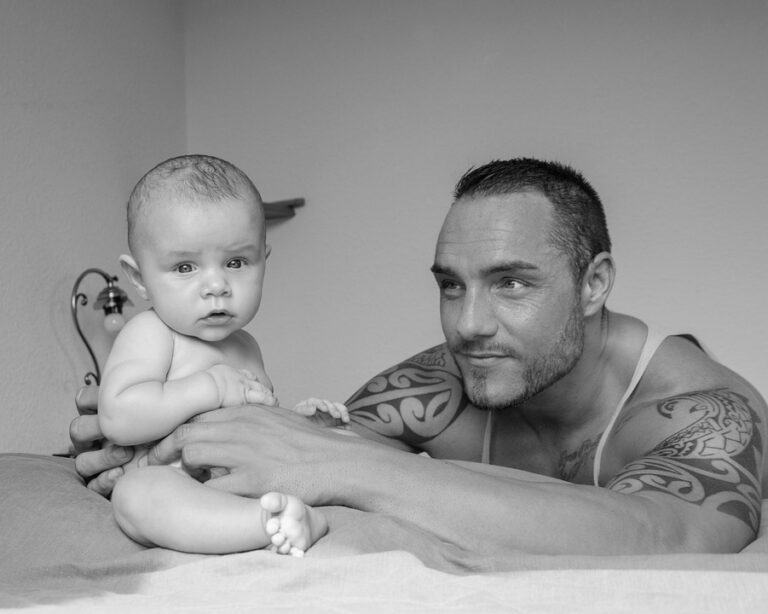
[ad_1]
Helping Children Build Confidence Through Goal-Setting
As parents, teachers, and caregivers, we all want to see the children in our lives grow up to be confident and resilient individuals. One of the most effective ways to foster confidence in children is through goal-setting. When children set and achieve their goals, they build a sense of accomplishment and self-assurance that can have a lasting impact on their development.
The Power of Goal-Setting
Setting goals gives children a sense of purpose and direction. It helps them develop a growth mindset, which is the belief that their abilities and intelligence can be developed through dedication and hard work. This mindset is a key component of building confidence, as it encourages children to embrace challenges and learn from their mistakes. When children set realistic and attainable goals, they experience a boost in self-esteem and motivation, which can contribute to their overall well-being.
Real-Life Examples
Consider the story of Emily, a 10-year-old girl who struggled with reading. Her parents and teachers encouraged her to set a goal of reading a chapter book on her own by the end of the school year. With their support, Emily worked diligently to improve her reading skills and was eventually able to accomplish her goal. As a result, she felt a tremendous sense of pride and confidence in her abilities, which translated to other areas of her life.
Another example is Alex, a 13-year-old boy who was passionate about soccer. He set a goal to make the school’s soccer team and dedicated himself to practicing every day. Despite facing some setbacks and challenges along the way, Alex’s perseverance paid off, and he achieved his goal. This experience not only boosted his confidence on the soccer field but also instilled in him a belief in his own capabilities.
Storytelling Approach
By incorporating real-life examples, we can see the transformative power of goal-setting in action. These stories illustrate how setting and achieving goals can positively impact a child’s confidence and self-belief. When children are able to see themselves reflected in these narratives, they are more likely to be inspired to set their own goals and work towards accomplishing them.
How to Help Children Set Goals
So, how can we as parents, teachers, and caregivers help children set and achieve their goals? First and foremost, it’s important to create a supportive and encouraging environment where children feel safe to express their aspirations and dreams. Listen to their interests and ideas, and help them identify realistic and achievable goals that align with their passions.
Once the goals are established, provide guidance and resources to help children develop a plan of action. Encourage them to break down their goals into smaller, manageable tasks, and celebrate their progress along the way. It’s also crucial to instill in children the belief that setbacks and failures are natural parts of the learning process and that they should not be discouraged by them.
Conclusion
Goal-setting is a powerful tool for helping children build confidence and resilience. By setting and achieving their goals, children develop a growth mindset and a sense of accomplishment that can positively impact their self-esteem and well-being. Through real-life examples and a storytelling approach, we can see the profound impact that goal-setting can have on a child’s development. As parents, teachers, and caregivers, it’s our responsibility to create an environment that nurtures and supports children as they set and achieve their goals, ultimately fostering their confidence and self-belief for years to come.
FAQs
How can I help my child set meaningful goals?
Listen to your child’s interests and passions, and help them identify goals that are aligned with these. Encourage them to think about what they want to accomplish and why it’s important to them.
What if my child doesn’t achieve their goals?
Setbacks and failures are a natural part of the goal-setting process. Help your child see these experiences as learning opportunities and encourage them to persevere and try again.
How can I celebrate my child’s goal achievements?
Recognize and acknowledge your child’s progress and achievements along the way. Celebrate small milestones and accomplishments to reinforce their confidence and motivation.
[ad_2]